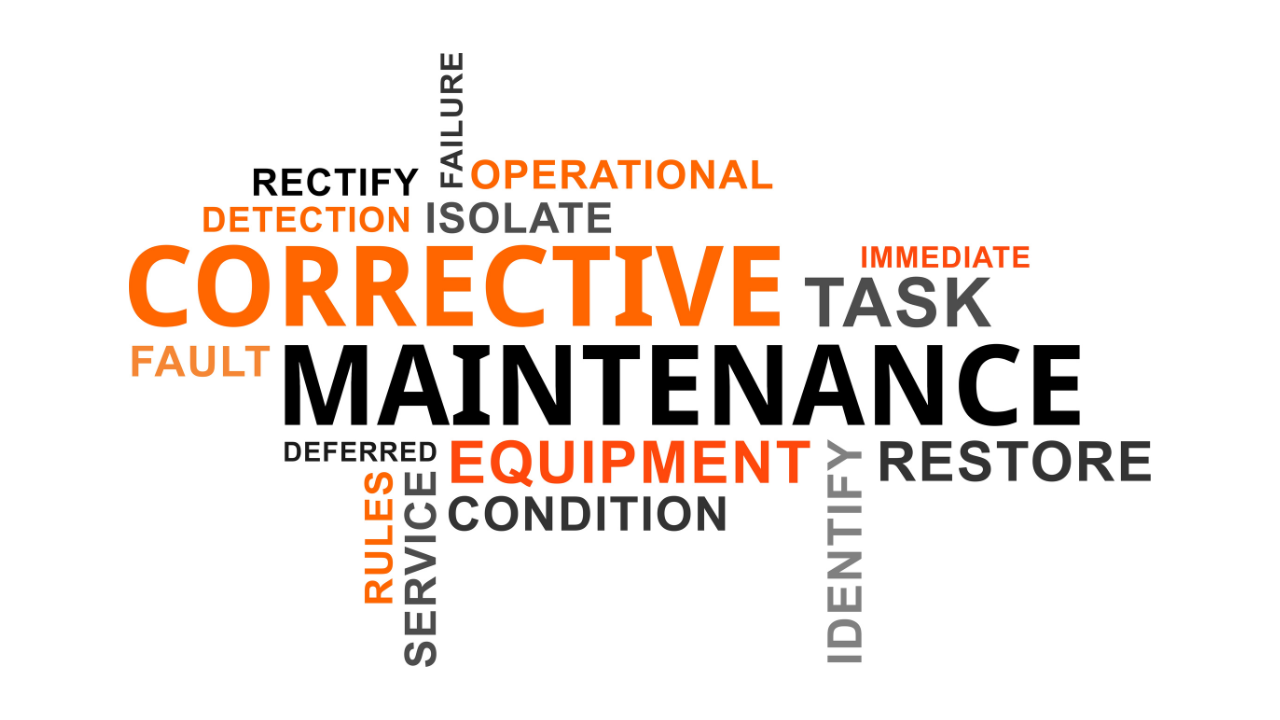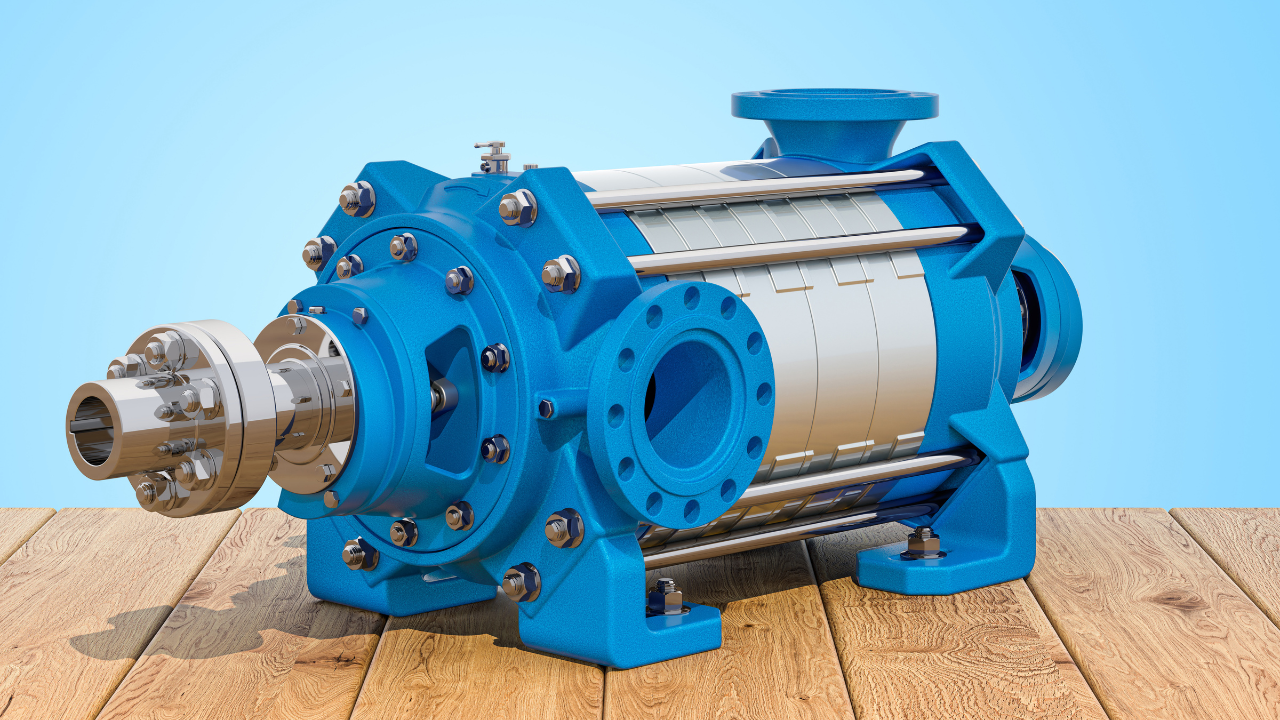Causes of Overheating in Cartridge Mechanical Seals
The Mcnally Institute
Too much heat can cause multiple problems with cartridge mechanical seals:
- The elastomer (rubber part) can be damaged.
- Some seal faces can be damaged.
- Carbon-graphite faces can pit as trapped air expands within the carbon, or the product carbonizes and pulls out pieces of the seal face.
- Plated faces can heat check and crack causing rapid carbon face wear.
- The filler in some carbon /graphite compounds can melt or oxidize at elevated temperatures.
- Critical dimensions can change causing the lapped seal faces to go out of flat and leak prematurely (especially fugitive emissions).
- The sealed product can change state and :
- Vaporize between the faces opening them.
- Crystallize on the moving components, restricting their movement.
- Change fluid viscosity restricting the ability of the seal to follow run out.
- Solidify, making the seal inoperable.
- Build a film on sliding components and the lapped seal faces.
- Carbonize or coke restricting the seal movement and opening the lapped faces.
- Corrosion always increases with increasing temperature.
Some heat problems are not seal design or seal installation related:
- An inefficient heating or cooling jacket on the pump.
- A layer of calcium or some other similar product has built up on the jacket walls, interfering with the heat transfer.
- The coolant is flowing too rapidly through the cooling jacket.
- A thermal bushing was not located in the bottom or end of the stuffing box.
- If steam is being used as the coolant, the pressure is too high.
- The fluid is not “dead ended” in the stuffing box. There is either suction or discharge recirculation of the pumping fluid.
- Clearance between the seal outside diameter and the stuffing box bore is not sufficient.
- The shaft material is conducting the product heat to the cartridge static elastomer and other components. As an example: carbon steel conducts heat much better than a stainless steel shaft.
- The dual seal convection tank is not convecting.
- The convection tank is running backwards.
- The dual seal barrier or buffer fluid has been shut off.
- The quench has failed.
- The product has a low specific heat and poor conductivity. Oil is a good example of such a product.
- The seal faces were over-compressed during the installation process.
- A wrong installation measurement was used.
- The mechanic did not read, or understand the print dimension.
- The pump sleeve moved as the impeller was tightened on the shaft.
- The measurement was taken at the wrong place. The stuffing box face is the only safe reference point.
The cartridge seal design has a major affect on heat generation and heat sensitivity:
- Unbalanced seals generate more heat than hydraulically balanced mechanical seals.
- Two hard faces generate more heat than carbon/graphite vs. a hard face.
- Silicone carbide and tungsten carbide dissipate heat faster than 99.5 ceramic or carbon&endash;graphite.
- The location as well as the grade of the elastomer can be critical in temperature sensitive applications.
- In dual seal applications, convection systems are not as efficient as pumping rings or forced circulation of the barrier fluid system. When oil is used as a barrier fluid forced circulation or the use of a pumping ring is mandatory.
The above problems are not unique to cartridge seals, there are however some problems that are unique:
- Pushing the seal gland along the shaft and against the stuffing box face can over compress the seal because of the friction between the shaft and the cartridge sleeve static elastomer. In dual seal applications the inner seal can over compress as the outside seal looses some of its compression. Be sure to reset the spacing device (usually “clips” of some type) prior to locking the seal to the shaft.
- Some open impeller pump designs (Duriron as an example) adjust to the back plate rather than the volute. Be sure to reset the cartridge seal after the impeller adjustment.
Cartridge set screws can slip on a hardened sleeve. The system pressure can then over compress the seal. - Higher pressure applications, or water hammer can move the set screws and over compress the seal faces.
- Be sure to re-tighten the adjusting nuts after making the impeller micrometer adjustment on those pump that uses that type of adjustment method. The Chesterton System #1 pump is a good example of this design.
- Make sure the centering-positioning clips are in place when installing or resetting the seal for proper face loading.ca
Related Articles

Keys for Effective Troubleshooting
Expert troubleshooters have a good understanding of the operation of electrical components that are used in circuits they are familiar with, and even ones they are not. They use a system or approach that allows them to logically and systematically analyze a circuit and determine exactly what is wrong. They also understand and effectively use tools such as prints, diagrams and test instruments to identify defective components. Finally, they have had the opportunity to develop and refine their troubleshooting skills.
Expert troubleshooters have a good understanding of the operation of electrical components that are used in circuits they are familiar with, and even ones they are not. They use a system or approach that allows them to logically and systematically analyze a circuit and determine exactly what is wrong. They also understand and effectively use tools such as prints, diagrams and test instruments to identify defective components. Finally, they have had the opportunity to develop and refine their troubleshooting skills.

Corrective Maintenance Task Generation
Corrective Maintenance Task. Generation is best performed by the. same personnel who perform corrective maintenance. The normal. technician’s time schedule does not. allow the time to document tasks in. detail. Some companies rely on the maintenance supervisor to document. and implement new preventative and corrective maintenance tasks.
Corrective Maintenance Task. Generation is best performed by the. same personnel who perform corrective maintenance. The normal. technician’s time schedule does not. allow the time to document tasks in. detail. Some companies rely on the maintenance supervisor to document. and implement new preventative and corrective maintenance tasks.

Availability in a Supply Constrained Environment is the #1 Issue for Refinery Executives
Availability in a Supply Constrained Environment is the Number One Issue for Refinery Executives according to the EPI Center.
Availability in a Supply Constrained Environment is the Number One Issue for Refinery Executives according to the EPI Center.

Weibull Point Process Applied to Repairable Subsystems
Let's suppose that we have recorded the time when each failure of a repairable subsystem has happened during a season. The arrangement of these failures (black points in Figure 1) along the time axis is called a stochastical realization of failure events.
Let's suppose that we have recorded the time when each failure of a repairable subsystem has happened during a season. The arrangement of these failures (black points in Figure 1) along the time axis is called a stochastical realization of failure events.

Energy Savings Through Pump Refurbishment and Coatings
Paul Maier, project manager of the NYSERDA study, states that "Pump sandblasting and coating should be a required step of any pump. refurbishment program." MCWA has also included interior pump coatings as a requirement in its new pump specifications. The goal is that. requiring coatings on the inside of. new pumps will eliminate, or significantly delay, the seemingly inevitable decline in pump performance and efficiency from internal corrosion and tuberculation buildup inside unlined pumps.
Paul Maier, project manager of the NYSERDA study, states that "Pump sandblasting and coating should be a required step of any pump. refurbishment program." MCWA has also included interior pump coatings as a requirement in its new pump specifications. The goal is that. requiring coatings on the inside of. new pumps will eliminate, or significantly delay, the seemingly inevitable decline in pump performance and efficiency from internal corrosion and tuberculation buildup inside unlined pumps.

Centrifugal Pump Troubleshooting
You have four opportunities to trouble shoot centrifugal pumps and each opportunity can offer you a clue as to what is wrong with the pump. Let's take a look at each of these conditions:
You have four opportunities to trouble shoot centrifugal pumps and each opportunity can offer you a clue as to what is wrong with the pump. Let's take a look at each of these conditions:



